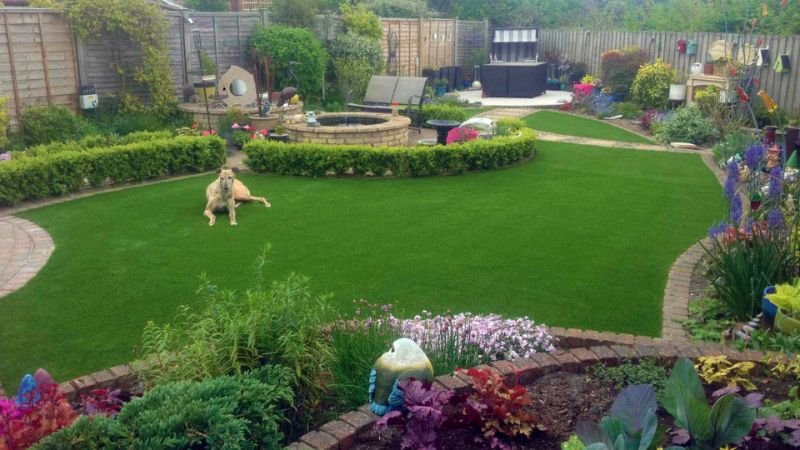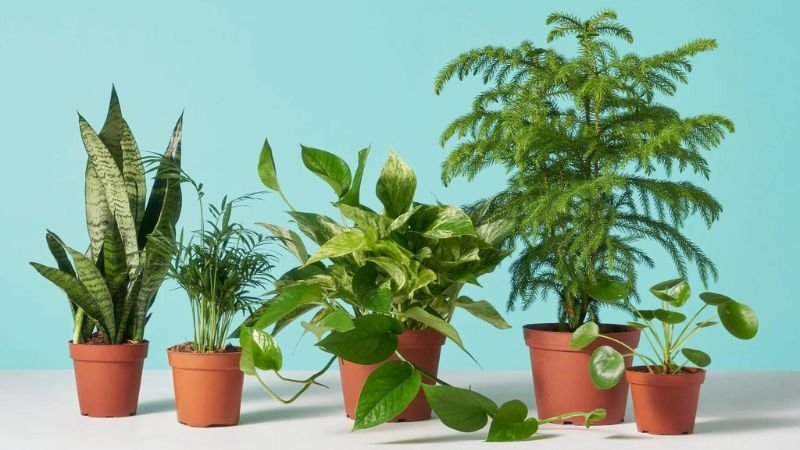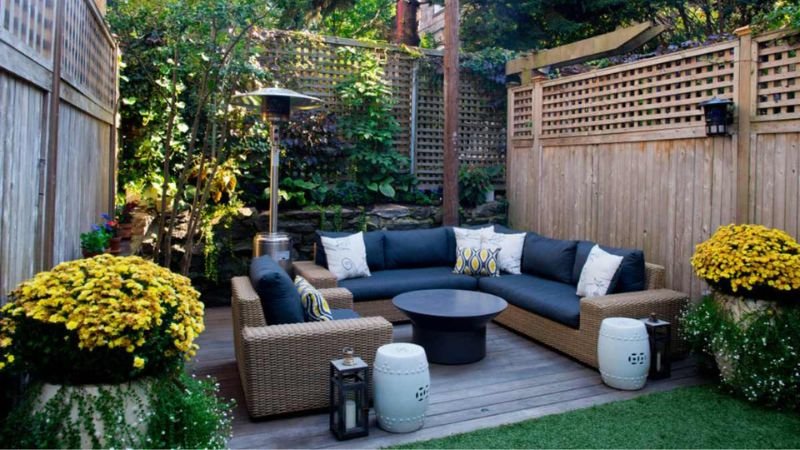How To Design A Pet Friendly Garden – Creating a pet-friendly garden involves more than just adding a few toys and a spot for your furry friend to play. It’s about crafting a safe, stimulating, and enjoyable environment for your pets. Whether you have a dog that loves to dig or a cat that enjoys lounging in the sun, your garden can be designed to accommodate their needs while maintaining its beauty and functionality.
By incorporating pet-safe plants, durable materials, and clever design elements, you can create an outdoor space that is both functional and inviting. In this guide, we’ll explore key strategies to help you design a garden that will delight your pets and enhance your outdoor living experience.
How To Design A Pet Friendly Garden?
1. Choose Pet-Safe Plants
When designing a pet-friendly garden, selecting plants that are non-toxic to pets is crucial. Many common garden plants can be harmful if ingested, including lilies, azaleas, and oleander. Opt for pet-safe varieties such as marigolds, sunflowers, and snapdragons, which are not only beautiful but also harmless to animals.
Additionally, consider planting grass or herbs like basil and parsley that pets can interact with safely. Providing a variety of safe plants will ensure your garden is both visually appealing and safe for your furry friends. Always check the ASPCA’s list of toxic and non-toxic plants to make informed choices for your garden.
Also Read:- Low-Maintenance Front Yard Landscaping Ideas
2. Install Secure Fencing
A well-secured fence is essential to keep pets safe and contained in your garden. Choose a sturdy fence that is tall enough to prevent jumping and digging. Materials like wood, metal, or composite can offer durability and security.
Ensure there are no gaps or weak spots where a pet could escape. For dogs that dig, consider burying the bottom of the fence a few inches underground or using a concrete footer to deter them from digging under. Regularly inspect the fence for any damage or wear and make necessary repairs to maintain security.
3. Create Shaded Areas
Pets need shaded areas in your garden to escape from the heat and avoid overheating. Create shaded zones using structures such as pergolas, gazebos, or shade sails. Planting trees or large shrubs can also provide natural shade.
Ensure that these shaded areas are accessible and comfortable for your pets to relax in. Consider adding a pet-friendly outdoor bed or a cool mat in these shaded spots to enhance comfort. Providing ample shade will help keep your pets cool and comfortable during hot weather.
4. Use Non-Toxic Mulch
Mulch is a common garden material, but not all types are pet-friendly. Cocoa mulch, for example, contains theobromine, which is toxic to dogs. Instead, choose pet-safe alternatives like cedar or pine mulch, which are less likely to cause harm if ingested.
Organic mulches made from leaves or grass clippings are also safe options. Additionally, keep mulch away from areas where pets might dig or play. This will help prevent ingestion and ensure that your garden remains a safe environment for your pets.
5. Provide Engaging Play Areas
Creating designated play areas for pets can enhance their enjoyment of the garden. Incorporate features like agility equipment for dogs, such as tunnels, jumps, and weave poles. For cats, consider installing cat trees or scratching posts. Interactive toys like treat-dispensing balls or climbing structures can keep pets entertained and active.
Ensure that these play areas are securely anchored and made from durable materials to withstand regular use. By providing engaging play areas, you create a stimulating environment that promotes physical exercise and mental stimulation for your pets.
6. Incorporate Pet-Friendly Pathways
Pet-friendly pathways in your garden help ensure safe and comfortable movement for your pets. Use materials like gravel, paving stones, or rubberized surfaces that are easy on your pets’ paws and minimize the risk of slipping.
Avoid sharp or rough materials that can cause injuries. Design pathways that lead to shaded areas, water bowls, and play zones to encourage exploration and activity. Properly maintained pathways also help keep your garden clean by preventing mud and dirt from being tracked into your home.
7. Ensure Proper Drainage
Proper drainage is essential for a pet-friendly garden to prevent waterlogging and muddy areas. Install drainage systems such as French drains or gravel pits to manage excess water and keep the garden dry. Ensure that any standing water is promptly removed to avoid attracting pests or creating breeding grounds for insects.
Good drainage also helps maintain the health of your plants and keeps your garden clean and comfortable for your pets. Regularly check and maintain your drainage system to ensure its effectiveness.
8. Add Pet-Friendly Water Features
Water features like fountains or small ponds can enhance your garden’s aesthetic and provide a source of hydration for pets. Choose shallow, well-filtered water features to minimize the risk of accidents and ensure that the water remains clean. Avoid deep ponds or those with steep sides, as they can pose drowning hazards. Provide fresh, clean water in bowls or automatic dispensers to keep your pets hydrated. Regularly clean and maintain water features to ensure they remain safe and inviting for your pets.
9. Create Safe Digging Zones
Dogs often enjoy digging, so creating a designated digging zone can help protect other areas of your garden. Designate a specific area with loose, sandy soil or soft mulch where your dog is allowed to dig. Encourage your pet to use this area by burying toys or treats. Surround this zone with secure fencing to prevent digging outside the designated area. Providing a safe digging zone not only keeps your garden intact but also satisfies your pet’s natural digging instincts in a controlled manner.
Also Read:- Small Backyard Ideas For Your Outdoor Space
10. Avoid Chemical Pesticides and Fertilizers
Chemical pesticides and fertilizers can be harmful to pets if ingested or if they come into contact with their skin. Opt for organic or pet-safe alternatives that are less likely to cause harm. Use natural pest control methods such as neem oil, diatomaceous earth, or beneficial insects to manage garden pests.
Organic fertilizers and compost are safer choices for enriching the soil. Always follow safety guidelines for any garden products you use and keep pets away from freshly treated areas until it is safe. By avoiding harmful chemicals, you ensure a safer environment for your pets.
Conclusion
Designing a pet-friendly garden is a rewarding endeavor that combines aesthetics with functionality. By focusing on pet-safe plants, secure fencing, and thoughtful layout, you can create an outdoor space that caters to your pets’ needs while maintaining your garden’s charm.
Remember, a well-designed pet-friendly garden not only enhances your pets’ happiness but also provides you with a serene and beautiful space to enjoy. Start planning today to create a garden that both you and your furry friends will love!
FAQs
What plants are safe for pets in a garden?
Pet-safe plants include marigolds, sunflowers, and snapdragons. Avoid toxic plants like lilies and oleander.
How can I make my garden secure for pets?
Use secure fencing, remove hazardous chemicals, and provide shaded areas to ensure your pet’s safety and comfort.



